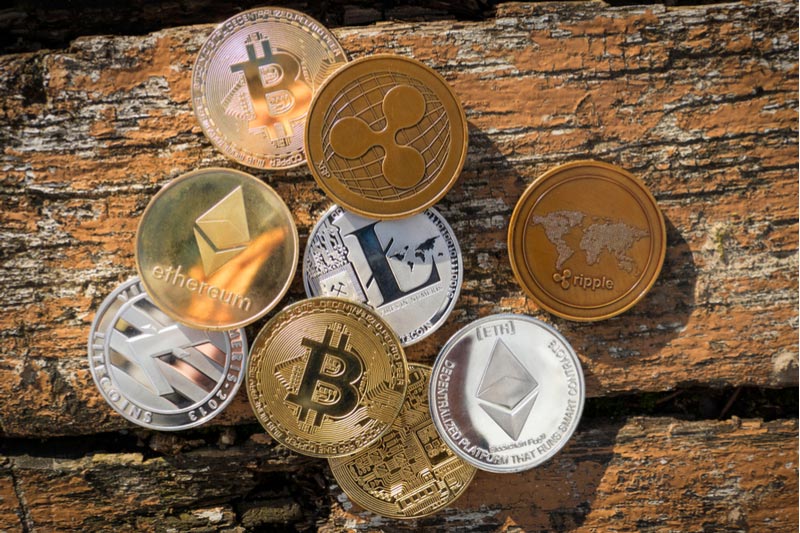[ad_1]
Economists and market participants have introduced increasingly sophisticated models over the past half-century to explain the ups and downs of the equity markets. With some adjustments to corporate earnings measures and risk-free rates, these methods describe market movements quite well.
But there is a simpler way to account for how equities behave. What if we de-emphasize their financial nature and think of them as high-end consumer goods — luxury watches, for example — whose prices are determined by the forces of supply and demand?

Equities occupy an elevated position in Abraham Maslow’s hierarchy of human needs. Simply put, we buy stocks only after we have seen to our shelter, food, transportation, education, and other more immediate concerns. The higher our income, the freer we are to invest in equities, and vice versa.
Based on this perspective, income inequality becomes a hidden driver of equity prices. In a very equal society, equities are less in demand. Why? Because the need for shelter and consumer goods trumps the need to own stocks. Imagine 20 households each have annual incomes of $50,000 while a single household has $1,000,000. According to our research, the latter household’s demand for equities is nearly 20 times that of the other 20 households combined.
While traditional finance’s equity performance models still work, there is an alternative explanation for the 40-year secular bull market based on 19th century laws of supply and demand.
On the demand side, rising income inequality mechanically drives equity demand up and with it, returns. On the supply side, net share issuance has been anemic ever since the Securities and Exchange Commission (SEC) legalized share buybacks in 1982.
Classical economics explains what happens when demand for a good rises faster than its supply: The real price of the good must increase. Thus, the secular bull market that started in 1982 has been the direct consequence of strong demand growth fueled by ballooning income inequality, among other factors, combined with supply that has not kept up.
The S&P 500’s real price return during the 1982 to 2021 bull run was 6.9% per year, according to our analysis. That’s 6.2 percentage points better than the 0.7% generated annually between 1913 and 1982.

What explains that difference? Of the excess return, we find that 2.4 percentage points stems from a sea change of sorts. Income equality was on the rise in the late 1970s and early 1980s, but then the tide turned and increasing income inequality has since become the norm.
Another 1.4 percentage points of the excess price return results from the supply squeeze caused by the 1982 SEC’s decision on share buybacks. The rest is due to growing equity allocations, lower inflation, and lower interest rates, among various other factors.
So what if the world had been different? Had income inequality trends not reversed or the SEC not permitted buybacks, the S&P 500’s real price in 2021 would have been starkly different. We express these dynamics by focusing on the real price evolution of a $10,000 investment made throughout 1982 in the S&P 500 and realized throughout 2021.
Outcome of a $10k Investment Made in 1982 and Realized in 2021 (Average Real S&P 500 Price Index in 1982: 317)
Buybacks as Is
Buybacks as Before 1982
The market would have risen in all scenarios. But there is a major difference between the S&P 500’s 230% increase in the most bearish scenario and its 1240% actual increase. So, while income inequality is not the be-all and end-all of stock market performance, it is a critical factor that was previously hidden from view.

What does this mean for the secular bull market’s future viability?
To be sure, cyclical headwinds will play a role at times, as they have over the past year or so. But rising income inequality will continue to propel equity markets unless and until the ballot box decides otherwise.
If you liked this post, don’t forget to subscribe to the Enterprising Investor.
All posts are the opinion of the author. As such, they should not be construed as investment advice, nor do the opinions expressed necessarily reflect the views of CFA Institute or the author’s employer.
Image credit: ©Getty Images / Zorica Nastasic
Professional Learning for CFA Institute Members
CFA Institute members are empowered to self-determine and self-report professional learning (PL) credits earned, including content on Enterprising Investor. Members can record credits easily using their online PL tracker.
[ad_2]










